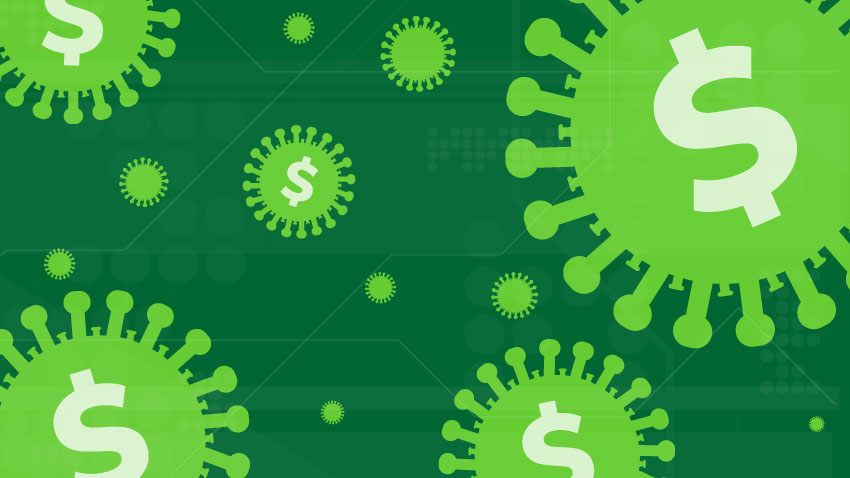
Higher costs mean higher prices.
In the current state of affairs, price increases will inevitably be passed to patrons in the coming months. For now, PPP money is assisting the small independents as they slowly open their doors. However, with many establishments at 50-60 percent operating capacity (with new cases threatening closures), few are breaking even. Foodservice operators make their money on the last 10 percent of sales, so the question remains, how long can manufacturers hold from passing off price increases?
Manufacturers Feel the Heat
Large foodservice manufacturers are in a much stronger position to weather the Covid-19 shutdown than are smaller sized firms. One of the prime reasons (outside of deeper pockets and borrowing power) is the ability to maintain leverage against Sysco and US Foods, among other major broadliners. Sysco recently changed its terms from net 30 to net 40. This extra ten days of hanging onto cash can mean the difference in manufacturer’s staff salaries and acceptable headcount.
While larger firms can lean into the Sysco challenge, smaller firms cannot. They are left to agree to terms or risk losing a significant part of business. Some of the more forward-thinking firms have engaged former Wall Street analysts to predict future input costs to recoup some of the losses of 2020. The verdict is still out on the latter.
Restaurant Dining is Highly Price Elastic
The “law of demand” tells us that the higher the price of a good, the less consumers will purchase, according to the late British economist Alfred Marshall. It has been used to predict consumer behavior and is one of the foundations of microeconomics. Goods – such as restaurant meals – with many substitutes (grocery store, c-store) are not essential, and therefore have higher elasticities. If a one-percent drop in the price of a good produces a one-percent increase in demand for the product, the price elasticity of demand is said to be one.
But the unfortunate reality of restaurant meals is its price elasticity is approximately 2.3. This means that a one-percent increase in price will lead to a 2.3% drop in demand, but likewise, a one-percent drop in price leads to 2.3% increase in demand.
The Factors That Will Impact Demand and Price Increases During Covid-19
Our work with operators, distributors and manufacturers during Covid-19 has given us few answers to the “what ifs” surrounding foodservice. However, we have collected a number of criteria that will impact any outcome – good or bad – in the coming months:
- The social distancing guidelines in casual dining and other “sit down” restaurants that count on in-unit dining.
- How quickly restaurants (and onsite dining) will reopen to full capacity.
- When the PPP loans run out.
- Economic fundamentals – GDP in the 2Q, 2Q earnings, unemployment rate, CPI, consumer confidence, ISM, PPI, equities market.
- Operators with heavy private-equity ownership with high debt post-PPP.
- Attracting labor during unemployment and federal assistance, particularly in rural areas.
- The capacity of manufacturing plants and the loosening of social distancing regulations.
- The potential for a spike in Covid-19 cases at any time, particularly in late summer or fall.
- The ability for operations without revenue (hotels) but with federal assistance to stay afloat after subsidies end.
Foodservice Equals Americana
We have said before that foodservice is as Americana as baseball and hot dogs. We are optimistic that foodservice will return to full strength – we have observed the loosening of restrictions in the past week and the positive results – but just when that will happen remains uncertain.

Recent Comments